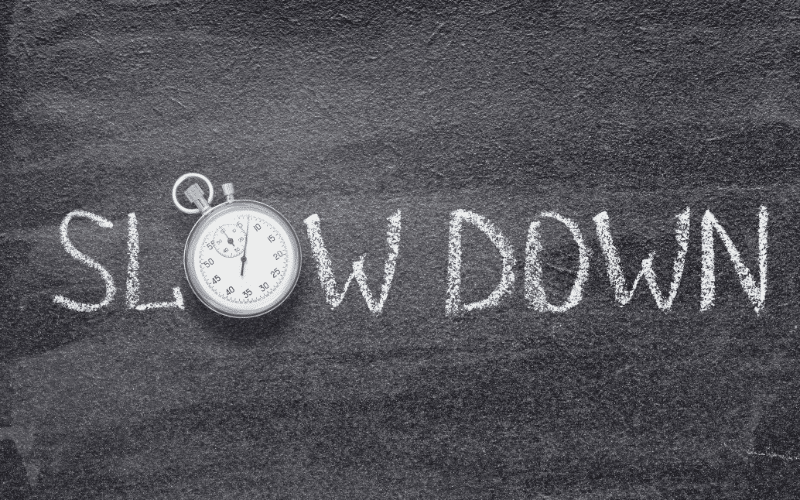3. Rigidity over Choreography: A Twist in Symptoms

Juvenile HD presents a different dance of symptoms compared to adult-onset HD. One of the main distinctions lies in the nature of movement disorders. While adult HD patients experience chorea – involuntary, dance-like movements, children with Juvenile HD often display rigidity and bradykinesia, a slowness of movement.
This characteristic stiffness is a stark contrast to the typical jerky movements of adult HD. It’s like watching a different dance, set to the same haunting melody. The rigidity is often accompanied by dystonia, a state of abnormal muscle tone, resulting in muscular spasm and abnormal posture.
The rigidity can make everyday activities a daunting task. Children might struggle with tasks that were previously second nature – walking, eating, or even just holding a pencil can become challenging. It’s an incessant battle, fighting against their own bodies that seem to have turned against them.
This difference in symptoms can often make diagnosis tricky. Doctors, expecting the chorea typical of adult HD, might be thrown off by the stiffness and slowness of movement in a child. But understanding this difference is crucial for timely and accurate diagnosis.
The symptom disparity doesn’t end here. The progression of symptoms in Juvenile HD is usually faster than in adult-onset HD, with the disease often proving fatal 10 to 15 years after onset. It’s a grim picture, but one that needs to be painted to fully understand the nature of Juvenile HD. (3)